Groundhogs are more than weather predictors: Here are some lesser known facts about them
This Friday, Punxsutawney Phil and other less-famous groundhogs across the nation will emerge from their dens to determine whether six more weeks of winter are in store.
The mammal's prognostications aren't likely to settle the question of our future weather *ahem* beyond a shadow of a doubt. But don't blame the groundhogs: Research indicates they emerge in February not to see their shadow, but to, well, get frisky.
If you didn't know that about the large squirrel, which is the most widespread North American marmot species, there's probably a lot you don't know about the humble groundhog.
Here are some facts about the stocky, solitary critters that you might not have heard before:
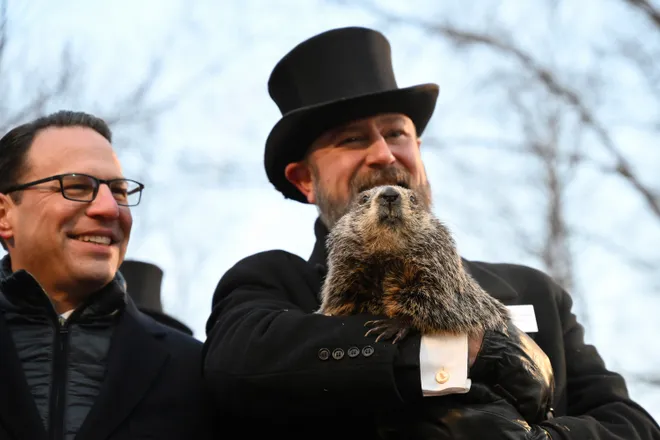
'He is not a meteorologist:'Groundhog Day's Punxsutawney Phil should be replaced, PETA says
Groundhogs are 'true hibernators' – unlike those bear imposters
While hibernation is common among many animals, groundhogs enter a level of winter dormancy that is more unusual.
Unlike, say, bears, groundhogs don’t just enter a light-sleep state characterized by inactivity. Rather, the creatures’ reduced metabolism, slower heart rate, and lowered body temperature make them what experts consider to be “true hibernators,” according to the National Park Service.
While hibernating, a groundhog's body temperature can drop from about 99 degrees Fahrenheit to as low as 37 degrees, a temperature cold enough to be fatal to humans, who lose consciousness at about 82 degrees. Similarly, the heart rate of a hibernating groundhog slows from about 80 beats per minute to just five, while breathing slows from around 16 breaths per minute to as few as two, according to the National Wildlife Federation.
After fattening up in the warmer seasons, groundhogs spend nearly three months – or 150 days – hibernating without eating a single thing. But their generous food stores mean the animals are unlikely to lose more than a fourth of their body weight, the NWF said.
The reason groundhogs actually emerge in February
Not to worry though: Woodchucks called upon for winter prognosticating duties on Groundhog Day aren't necessarily being unnaturally stirred.
Researchers have found that groundhogs do in fact emerge from their dens in early February, but not to determine whether they’ll see their shadow, according to the National Wildlife Federation. Rather, it’s believed that males will rouse themselves around this time to wander their territories in search of a potential mate, the National Wildlife Federations said.
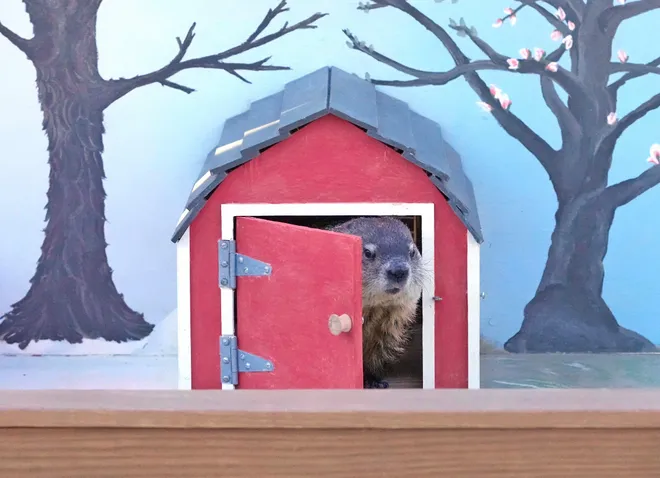
Once they find a burrow belonging to a suitable female, the male will enter and spend the night. Before you raise your eyebrows, no funny business is taking place – yet. Research suggests that the visit is just to allow the animals time to get to know each other (think of it as a blind date, of sorts.)
That way, when they emerge from hibernating for good in March, they’re ready to get down to business.
What big, sharp teeth groundhogs have
With a voracious appetite, groundhogs are known to put away more than one pound of vegetation in one sitting. According to the NWF, that’s akin to a 150-pound human scarfing down a 15-pound steak.
Though the herbivores only feast on veggies, groundhogs still have formidable teeth.
Their upper and lower incisors can grow about a sixteenth of an inch each week. If not properly ground down while they gnaw away on their food, they grown to look like the tusks of a wild boar.
And if their incisors grow too long, the animals can fatally impale their lower jaw, the NWF said.
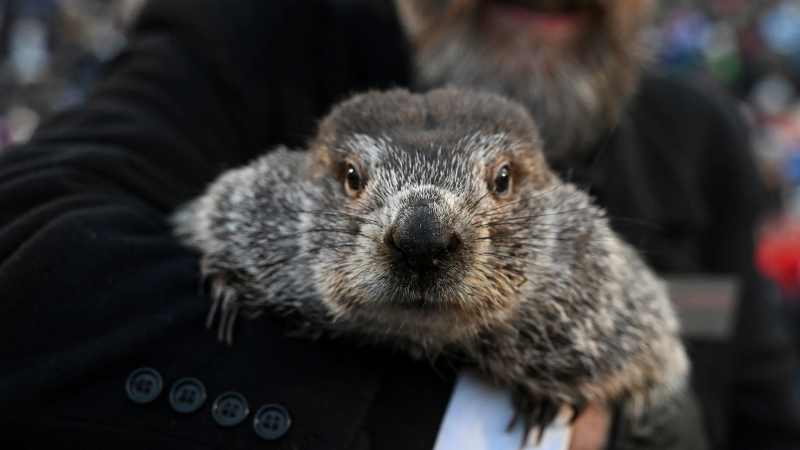
Intricate groundhog burrows provide protection from predators
Extensive burrow systems created by groundhogs are designed to serve as protection from predatory enemies.
The animals’ homes can be up to six feet deep with 20 feet of weaving chambers and tunnels leading to at least two exits – and sometimes nearly a dozen. The design provides a crucial advantage to a fleeing groundhog, which is otherwise relatively slow moving compared to invading animals like foxes who may see them as little more than a yummy dinner, the NWF said.
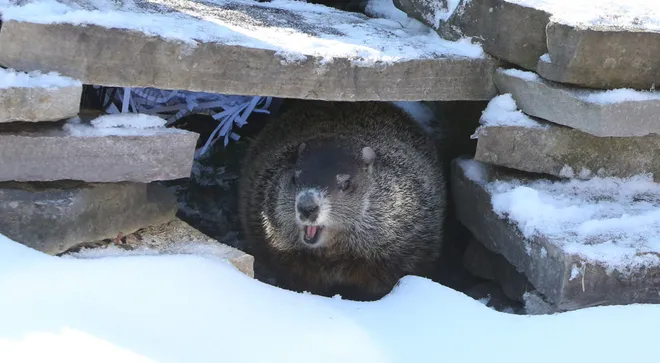
Human activity has shaped the animals’ natural habitat, which covers a wide geographic range and many ecosystems, from low elevation forests to small woodlots, fields and pastures. Forest-clearing, road-building and human agriculture have been a net good for groundhogs, increasing their access to food and providing them places to construct their dens, according to the Animal Diversity Web operated by the University of Michigan.
Humans, though, may not always see the mammals themselves as a benefit to have around. Groundhogs are known to destroy gardens, pastures, and agricultural crops, while their burrows have been known to injure livestock and damage farm equipment and building foundations.
Groundhogs like to be alone, and will hiss and bark to keep it that way
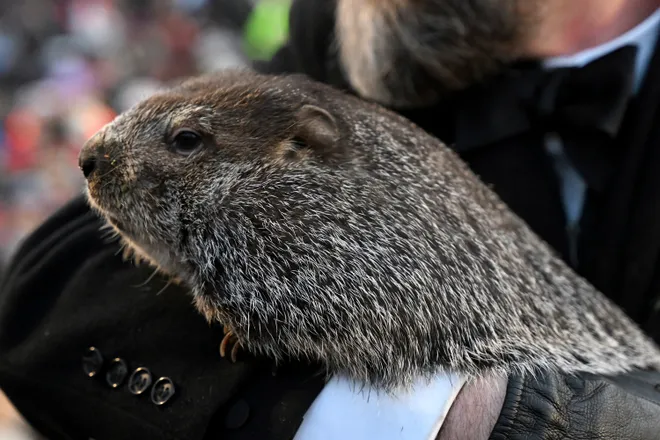
While groundhogs males are known to fraternize with multiple mates per season, that’s about as social as the species is known to be.
Even those interactions are limited purely to reproduction, as the male doesn’t stick around to rear his own offspring, according to the University of Michigan.
The older, more dominant male groundhogs tend to be territorial – aggressively lording over their dominions while the younger ones are left to be nomadic.
Though not known for their friendliness, groundhogs will sometimes great each other nose to nose.
More often, though, they react to unwelcome guests by arching their bodies, baring their teeth and raising their tails. According to the University of Michigan, they also hiss, growl, shriek, whistle, teeth-chatter, bark and even fight to ward off predators or establish social rank.
Eric Lagatta covers breaking and trending news for USA TODAY. Reach him at elagatta@gannett.com

Disclaimer: The copyright of this article belongs to the original author. Reposting this article is solely for the purpose of information dissemination and does not constitute any investment advice. If there is any infringement, please contact us immediately. We will make corrections or deletions as necessary. Thank you.





